Did you know that failing to properly blend touch-up paint can actually decrease your car’s resale value by up to 10%? I didn’t either until I drove my trusty Jeep through a rough trail, accumulating a collection of scrapes and scratches that any off-roading enthusiast dreads. I recall stepping back, staring at the damage, and feeling genuinely anxious about restoring its look. Yet, that experience transformed my understanding of paint repair, and today, I’m excited to share my ultimate guide to blending touch-up paint on your vehicle—making the process both straightforward and effective. From my years as a Jeep engineer to countless DIY paint projects, I’ve learned that the art of blending isn’t just about aesthetics; it’s about maintaining your car’s integrity and value. Ready to dive into a paint-perfecting journey? Let’s start by understanding why blending matters.
Why is Blending Important?
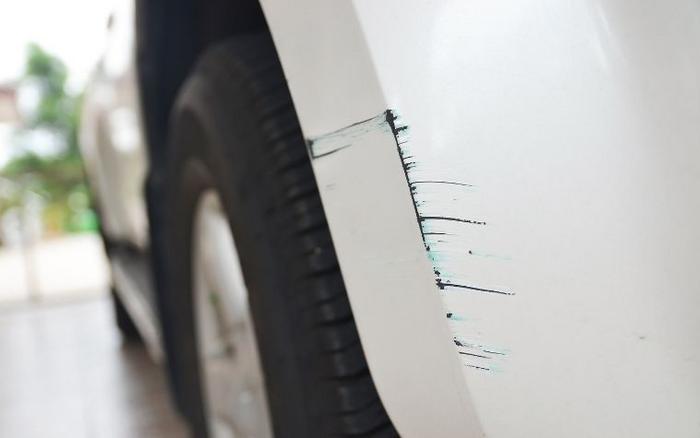
Did you know that even a tiny chip can significantly diminish your car’s value? In my time testing vehicles, I often encountered brand new models, only to find them marred by minor paint chips. These seemingly small imperfections have taught me that blending touch up paint isn’t just about aesthetics—it’s a crucial step in preserving your vehicle’s worth. I vividly recall a colleague whose pristine SUV lost much of its allure due to a few neglected chips. This experience underscored for me the importance of addressing these blemishes promptly and effectively.
When I talk about blending, I am speaking from a wealth of hands-on experience. The goal is to achieve a seamless finish, ensuring that the touch up is virtually invisible, maintaining both the beauty and value of the car. A poorly executed touch up can leave your car looking patchy, further highlighting the damage rather than concealing it. By blending correctly, you protect the underlying metal from corrosion, which can lead to costly repairs down the road.
Efficient paint blending is not merely a protective measure but a reflection of your commitment to your vehicle. It shows potential buyers that you’ve taken meticulous care of your car, potentially securing a better resale price. Ultimately, blending touch up paint isn’t just an option; it’s an investment in your car’s future.
When to Use Touch Up Paint
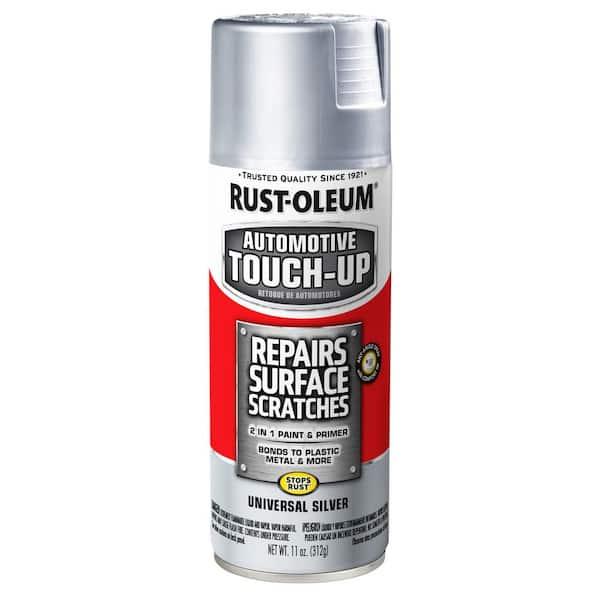
How often do we overlook those tiny scratches, thinking they’ll fade away? Early in my journey with my rugged Jeep, I brushed off a minor scratch as a badge of adventure, only to find it mutating into rust. That’s when I embraced the transformative power of touch-up paint as a proactive shield, not just a fix for glaring damage. Every chip and scratch now signals to me a potential hazard waiting to escalate. The moment I catch sight of these imperfections, I reach for my touch-up kit.
In my experience, addressing these blemishes sooner rather than later prevents deterioration and preserves your vehicle’s aesthetics and value. It’s also crucial post-adventure or after harsh weather bouts when your vehicle’s finish is most vulnerable. By integrating touch-up paint into my routine, I’ve maintained my car’s integrity and charm, often averting potentially costly repairs down the line. Remember, each small fix now is a step towards a rust-free future.
Who Can Perform the Blending?
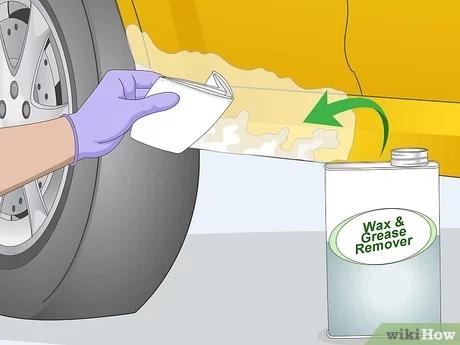
As an automotive expert, I am often asked, “Can anyone really achieve a professional-looking repair with touch up paint?” It’s a compelling question, especially when considering the intimidation factor of such an endeavor. When I first attempted paint repairs on my own Jeep, following a rather adventurous off-road excursion, I shared that apprehension. Back then, I was under the impression that such tasks were strictly reserved for professionals with a keen eye and years of experience. But, to my surprise, I realized that nearly anyone can master the art of blending touch up paint.
This revelation came after countless hours of practice and a relentless determination to perfect the craft. The true secret lies not just in the tools and materials you use, but in the understanding and application of effective techniques. It demands a patient approach and a steady hand—traits I’ve honed over the years. The transformation of my Jeep wasn’t just a superficial makeover, it was a testament to what’s achievable with the right mindset and preparatory dedication. My mechanical engineering background taught me the complexities of vehicles, but this personal venture illuminated the nuances of paint repair.
So, who can perform the blending? In my experience, anyone willing to invest the time and effort, equipped with a genuine willingness to learn, can accomplish impressive results. It’s about embracing the process and discovering the satisfaction of seeing your own handiwork shine through the glistening finish of your beloved car.
Where to Blend Touch Up Paint
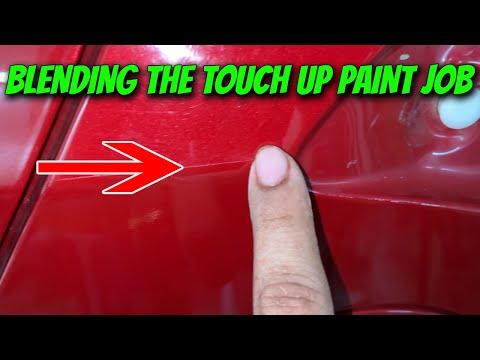
Blending touch-up paint may seem like a straightforward task, but the environment in which it’s done can make all the difference. What’s the best environment for achieving a flawless blend? I learned the hard way that trying this in direct sunlight was a mistake. The paint dried too quickly, resulting in distinct inconsistencies. It was a valuable lesson that taught me the importance of location in this process.
I recommend working in a shaded, dust-free area to give the paint adequate time to blend seamlessly with the original coat. Ensuring the environment is free from dust and debris is crucial; even the smallest particles can mar the smooth surface you’re aiming for. A garage or covered carport is ideal, providing both shade and protection from the elements. This seemingly minor detail turned out to be pivotal in achieving a near-perfect finish.
Remember, the right location doesn’t just enhance the blending process; it sets the stage for your overall success in car touch-up projects, ensuring your work withstands both scrutiny and time.
How to Blend Touch Up Paint
Preparing the Area
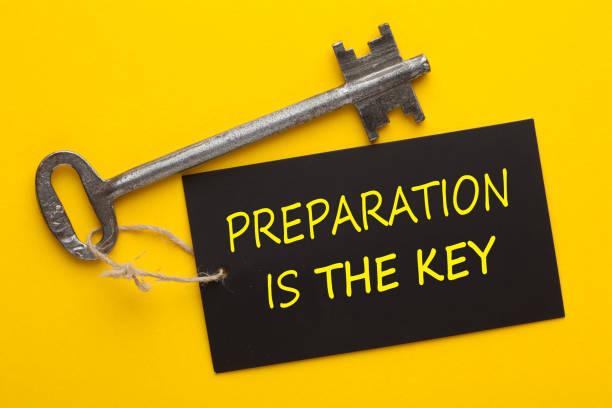
What’s the secret to a successful paint touch-up preparation? From my experience, it all starts with meticulous preparation of the area. Before you dive into the color-matching phase, it’s crucial to properly sand your car’s surface. I vividly recall working on my Jeep after a pesky scratch caught my attention. I knew that sanding touch up paint was more than just a step; it was the foundation of a flawless finish.
Using fine-grit sandpaper, I carefully sanded the area around the scratch. This step creates a smooth canvas, allowing the touch-up paint to adhere more effectively and blend seamlessly with the existing paint. Neglecting this step is a common pitfall, often leading to uneven application and mismatched hues. Once the sanding is complete, use a tack cloth to remove any dust or debris, ensuring the surface is pristine.
This painstaking attention to detail during the preparation ensures that the paint color matching process that follows will be as precise as possible. Remember, the quality of your preparation sets the tone for the entire touch-up process, directly impacting the visual outcome. As you proceed to the next step, applying the touch-up paint, keep in mind the significant groundwork you’ve laid. This is where preparation truly shines, transforming a dreaded repair into a seamless restoration.
Applying Touch Up Paint
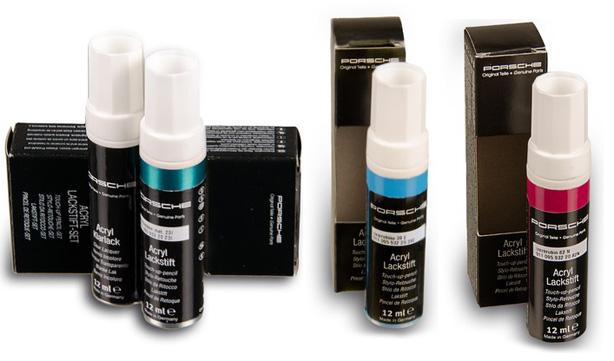
As I delve into the core of touch-up paint application, a pivotal question arises: Is there a right brush for touch up paint application? This question is the gateway to mastering the art of blending. Through my own trials, I discovered that the choice of brush can dramatically influence the results. Once, I naively opted for a brush too large for a minor chip, and what happened? I created a mess, teaching me a vital lesson. With precision in mind, smaller brushes became my go-to, as they can transform how seamlessly touch-up paint integrates with your car’s existing coat.
Finesse, rather than pure technique, is the name of the game here. Armed with these touch up paint application tips, I’ve honed my method, focusing on the nuances of brush choice and its impact on delivering a flawless finish. Each stroke requires attention, ensuring that the touch-up doesn’t merely cover imperfections but fosters a harmonious blend. As we move forward, I’ll guide you through the finishing touches, where we’ll refine and perfect this critical process, ensuring your vehicle looks its best.
Finishing Touches
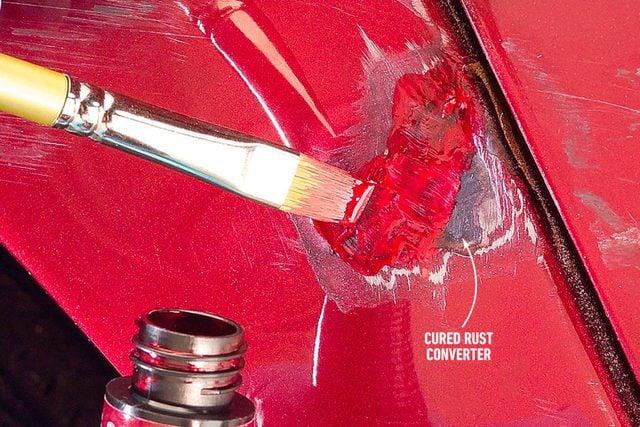
What can you do to transform your touch-up into a showroom-quality finish? The secret lies in the often-overlooked art of polishing. After applying touch-up paint to my Jeep, I initially thought it was a job well done. However, the magic truly begins when you dedicate time to the finishing touches. The final polish not only enhances the depth of the color but also ensures the filled paint chips blend seamlessly with the surrounding paint, making your repair nearly invisible.
Understanding how to polish touch-up paint is crucial. First, allow your touch-up paint to cure fully. This patience pays off, as it provides a solid foundation ready for careful polishing. Using a high-quality automotive polish and a soft cloth, I work in circular motions, gently buffing the area until it gleams. It’s this step that distinguishes a hasty repair from a truly professional job.
My own experiences have taught me that a comprehensive approach to blending touch-up paint, including meticulous polishing, is what elevates a repair from decent to exceptional. Thus, never underestimate the power of the right finishing touches—they’re essential for achieving that perfect, polished look.
FAQs
What tools do I need to blend touch up paint on my car?
How do I correctly apply touch up paint?
How can I ensure the touch up paint matches my car’s color?
What is the best way to blend the new paint with the old?
How long does touch up paint take to dry?
Conclusion
Reflecting on my journey as an automotive engineer, I’ve witnessed the transformative power of touch up paint blending. It’s not just about aesthetics—it’s about breathing new life into your vehicle. So, what’s the takeaway for a successful touch-up paint job? It’s all about attention to detail, patience, and using the right techniques to achieve a seamless car paint repair. Understanding the process is key: assess the damage, prepare the area diligently, and apply the paint with precision. Each step serves as a testament to my belief that small fixes can make a major impact.
Whether you’re a seasoned car enthusiast or a curious novice, blending touch up paint isn’t beyond reach. Embrace the artistry involved. With every meticulous brushstroke and careful blend, you’re honing a skill that brings professional quality to home car care. Remember, each perfected detail enriches the overall experience, and in the world of automotive maintenance, that level of excellence is invaluable.